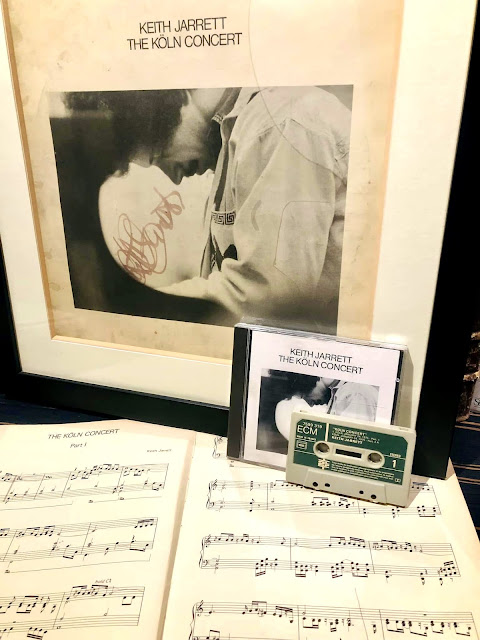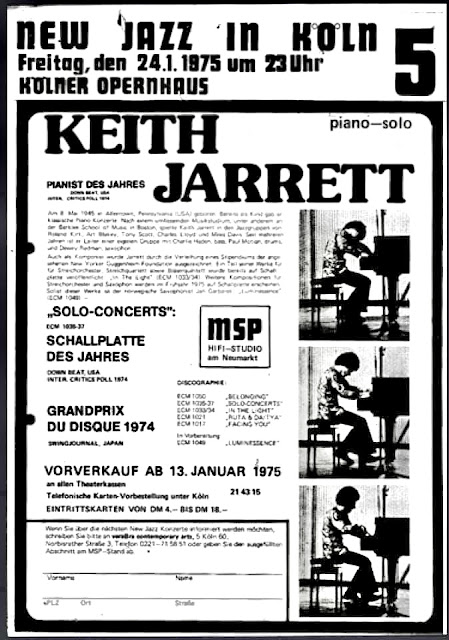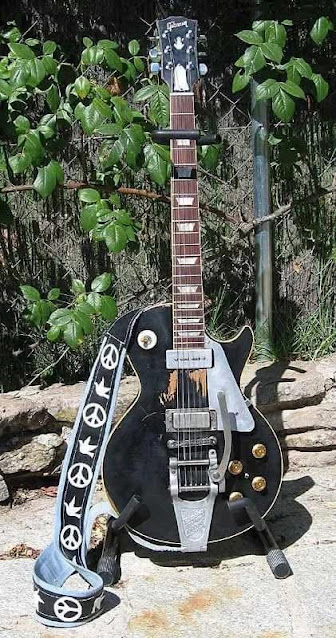Robert Johnson
It is said that the blues is the basis of rock, that without the first, the second would not exist. And it is said that, if Robert Johnson had never appeared, perhaps not even the blues would have had the same musical meaning.
The legend, the one written in golden letters in the history of music, tells that Robert Johnson, from one day to the next, became the King of the Delta Blues. How was it possible? It is said that he received guitar lessons from none other than the Devil, in a very special classroom: a crossroads.
In February 1929, Robert married a young woman named Virginia Travis, who however died at only 16 years old during childbirth. This event affected him deeply, pushing him to disappear for a long period, taking refuge in the blues and turning into a wandering soul.
He moved for a while to Hazlehurst, Mississippi, where he married a woman much older than him, Callie Craft, in an attempt to forget his pain. However, the marriage did not work out, and Johnson returned to Robinsonville, where he began playing in low-level clubs, mixing his passion for music with his love of women and alcohol.
The problem was that, while he was good at the harmonica, he was no good at the guitar. Willie Brown, who taught him some techniques, introduced him to the bluesman Son House, who Johnson admired for his guitar style. House allowed him to perform before his concerts, but the audience did not appreciate it and complained. House tried to convince him to return to playing the harmonica, but Robert was determined: he wanted to master the guitar.
The Metamorphosis
In 1931, Johnson set out in search of his biological father, but what he found was the legend that would make him immortal. After a long period of absence, he returned to Son House, asking to play. Before House could answer, Johnson picked up the guitar and began to play. But this time his style had completely changed: his technique was extraordinary, his talent undeniable. House, incredulous, had only one explanation: "He sold his soul to the Devil to play like that."
The rumor spread quickly. According to legend, during his journey, Robert Johnson would have met the Devil at the intersection of Highways 49 and 61 in Clarksdale, Mississippi. There, in the middle of the night, a man dressed in black would have taken his guitar, tuned it and given him superhuman talent, in exchange for his soul.
Johnson was aware of these rumors and, instead of denying them, he fueled them with an air of mystery, using songs like *“Me and the Devil Blues”*, *“Hell Hound on My Trail”* and *“Cross Road Blues”* to increase the legend. But was it really the Devil who granted him that gift?
The answer is NO. The “devil” who taught Robert Johnson did not come from Hell, but from Alabama, and his name was Ike Zinnerman, a blues musician who learned to play guitar by practicing at night in cemeteries. It was Zinnerman, with so much dedication and practice, who transformed Johnson into the King of the Blues.
The Price of the Legend
Fate would have it that Robert Johnson paid his “debt” too soon. In 1938, after having recorded only 29 historic songs, including *“Terraplane Blues”*, *“Sweet Home Chicago”*, *“Love in Vain”* and *“Rambling on My Mind”*, he tragically died.
While performing at the Three Forks, a club in Greenwood, Mississippi, Johnson fell in love with a married woman. Her husband, in revenge, poisoned Robert’s whiskey. His agony lasted three days, during which he is said to have writhed and howled like a wolf. Robert Johnson died on August 16, 1938, at the age of 27, joining the legendary “Club of 27”.
A short life, but enough to become one of the pillars of modern music.














































































.jpg)



.jpg)












































